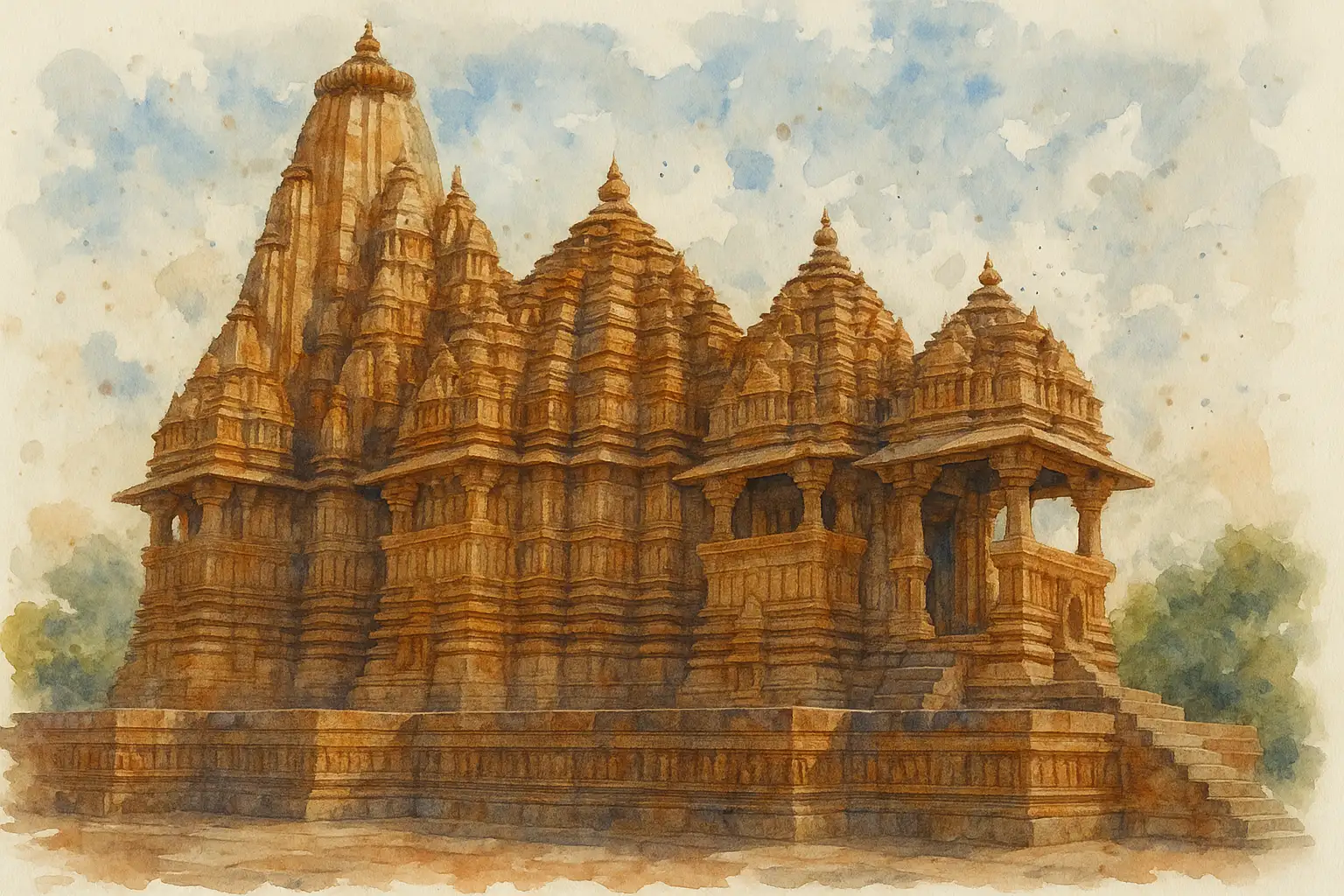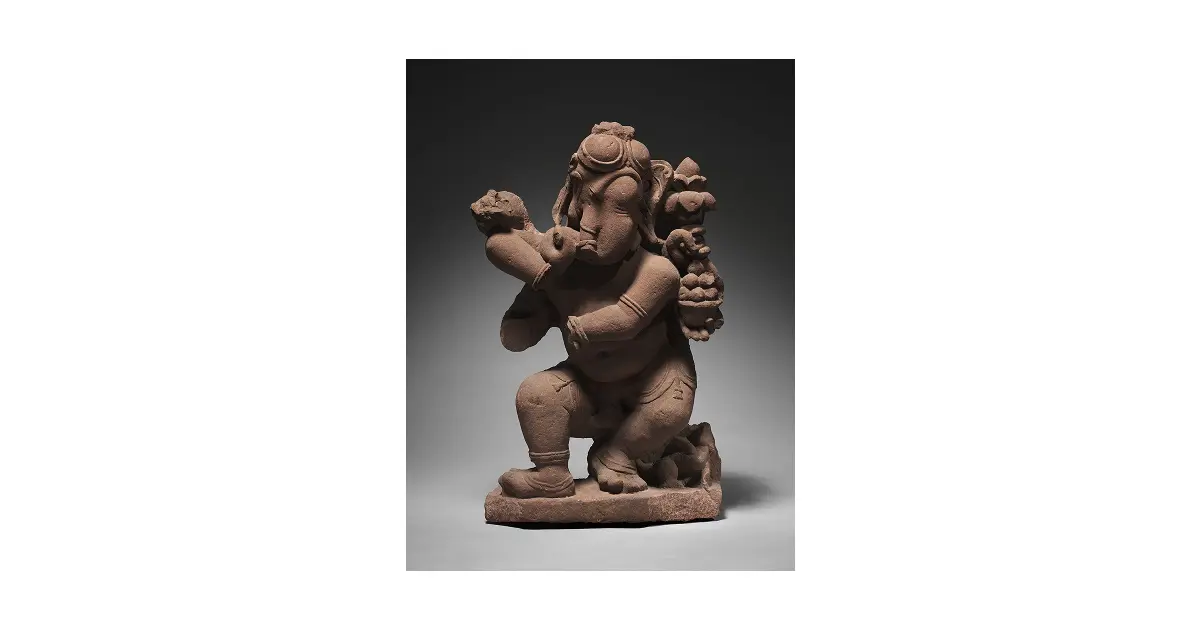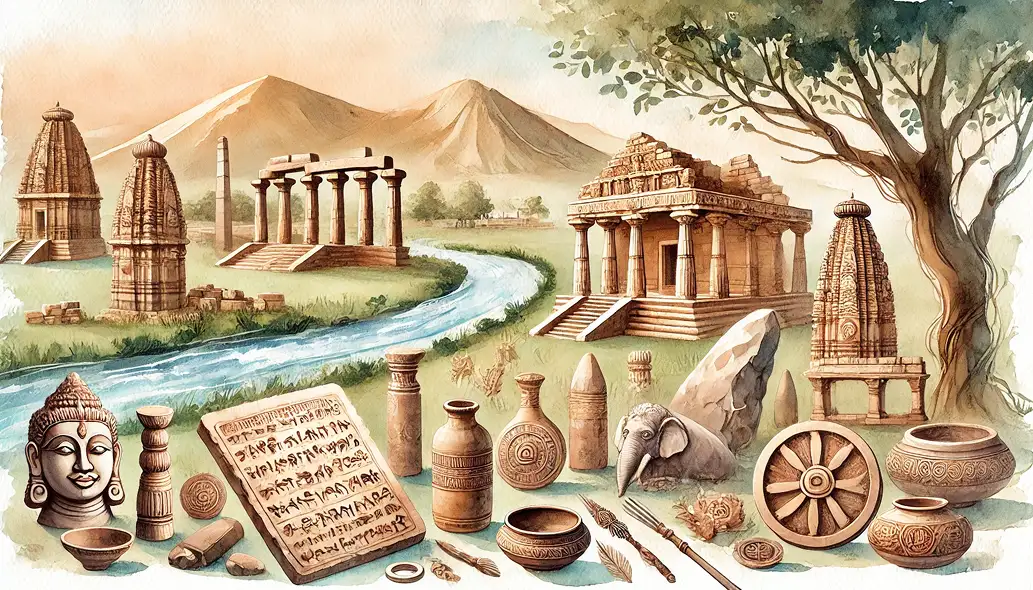Let him who wishes to enter the worlds that are reached by sacrificial offerings and the performance of religious obligations (iṣṭapūrta) build a temple to the gods, by doing which he attains both the results of sacrifice and the performance of religious obligations.
Bṛhat Saṁhitā LV. 2
The Hindu temple is not merely a physical edifice constructed from stone or brick, but constitutes a sophisticated manifestation of metaphysical and aesthetic consciousness deeply rooted in the civilizational ethos of India. It functions as a material articulation of a timeless spiritual cosmology that mediates between the earthly and the transcendent, encapsulating the vision of reality posited by Hindu metaphysical systems. The temple does not simply serve as a site of devotional practice; it is, more profoundly, an epistemological and ontological statement, a concretized form of sacred knowledge designed to enable the devotee’s journey towards realization through darśana. In the Hindu aesthetic consciousness, all art is a means of experiencing a state of bliss akin to the absolute state of ānanda or jīvanmukti.
Stella Kramrisch in her magnum opus The Hindu Temple: The Evolution of its Form and Meaning writes that to the pilgrim and devotee who visit a temple, it is a “tīrtha made by art, as others are by nature, and often it is both in one. A Hindu temple unlike the Vedic altar does not fulfil its purpose by being built; it has of necessity to be seen. Darśana, the looking at the temple, the seat, abode and body of divinity and its worship (pūjā), are the purpose of visiting the temple. To fulfil this purpose in addition to being an offering and work of pious liberality the temple has not only its proportionate measurement but also the carvings on its walls, and the total fact of its form.”





